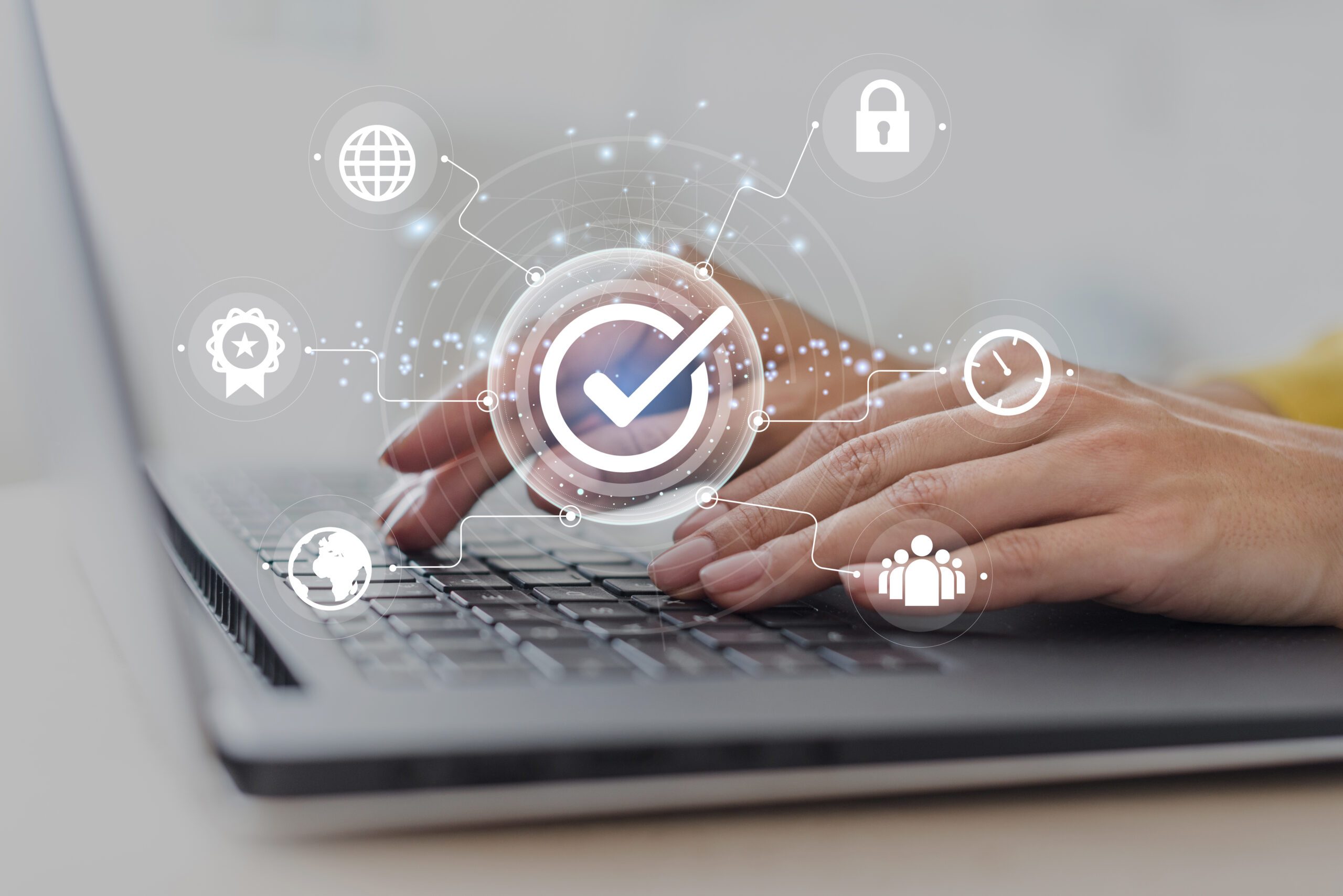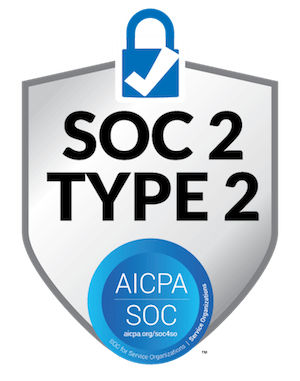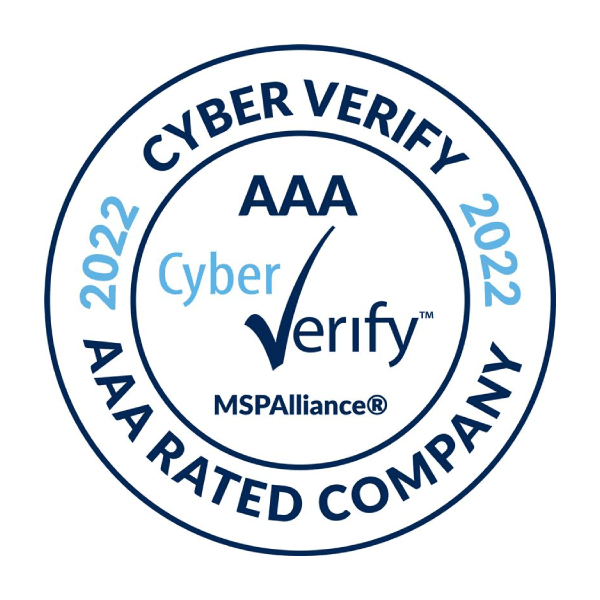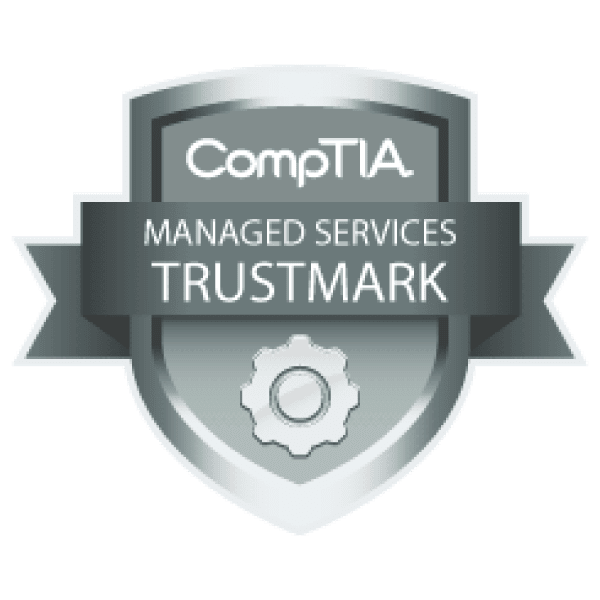Summary
This comprehensive guide explores how to secure your online presence by implementing effective authentication and access control measures. Learn about best practices like Two-Factor Authentication and delve into secure authentication protocols such as OAuth and SAML.
Introduction
Welcome to our guide on securing your online presence and implementing best practices for authentication and access control. In today’s digital age, it’s crucial for businesses to prioritize online security measures to protect valuable data and customer information.
Key Components of Online Security Measures
Authentication Protocols You Should Know
Conclusion and Next Steps
Securing your online presence is crucial for long-term success. Implement best practices and secure authentication protocols to protect your business and build customer trust.
📣 Call to Action: Share this guide with your network to spread awareness about online security!










